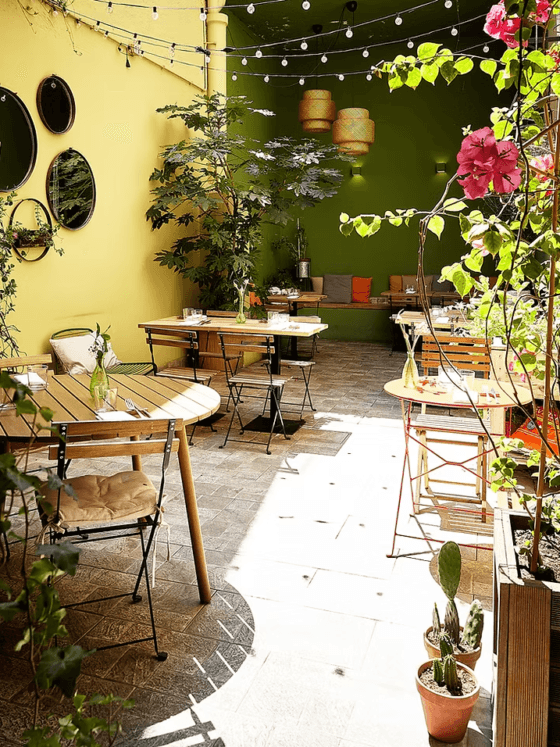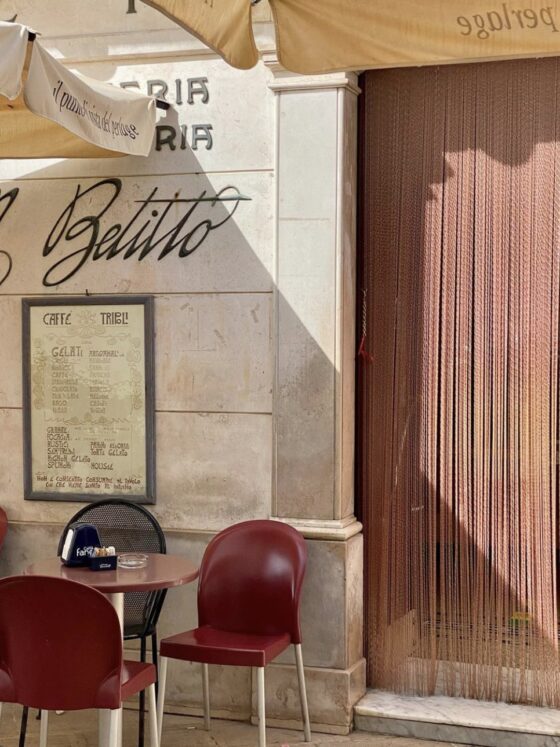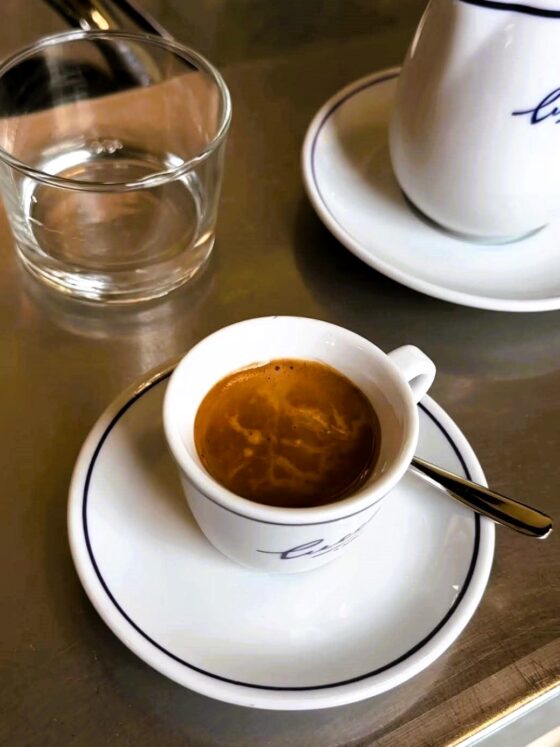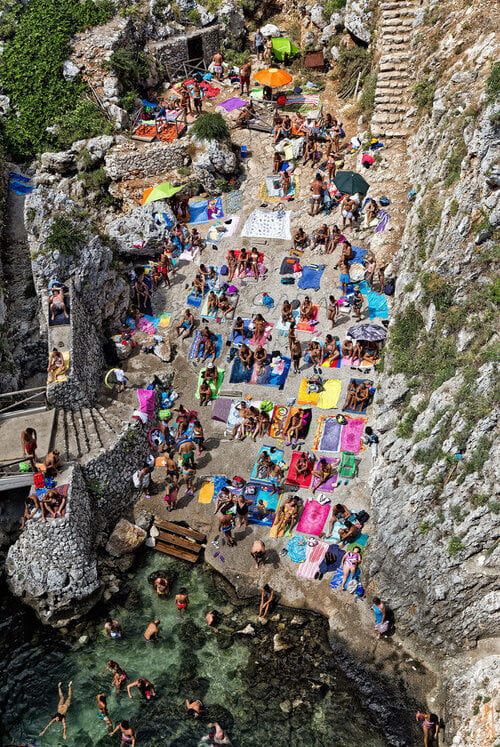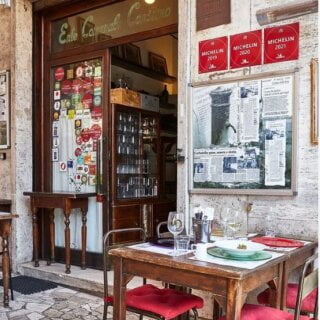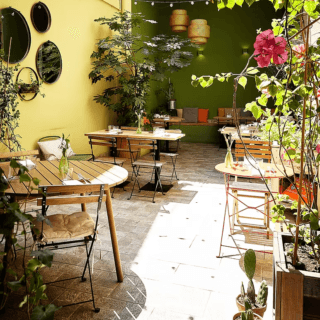A Brief History of Cappuccino
There are few beverages that provide the blend of simplicity and sophistication as the cappuccino. Simply bringing coffee and milk together creates a drink of delightful warmth and aromatic charm, inviting cold hands to pause and indulge.
Yet, as with all great things, the history of this drink is not born of mere happenstance; it is the product of time, place, and, indeed, a steady hand of tradition. With such a wonderous drink, it is well worth exploring its evolution, from the humble beginnings of coffee’s introduction to Europe, to its present-day status as a symbol of culture and refinement.

The cappuccino, in all its glory, quickly became more than just a beverage—it became a symbol…
The Early Dawn
Let us first consider the coffee itself. Coffee, much like the human soul, did not appear fully formed but rather sprouted through centuries of exploration, experimentation, and, perhaps, even a touch of serendipity. The story of coffee’s journey into Europe begins in the 16th century. The mystical drink, first consumed in the highlands of Ethiopia, later spread to the Arabian Peninsula. From there, it entered the European consciousness through the vast network of trade. Venice then, as history suggests, became the birthplace of the coffeehouse. Here, Venetians introduced the drink to the continent (no surprise then that many premium coffee comes from the north). However, it was not the foamy, creamy beverage we now know and love. No, the earliest forms of coffee in Europe were rather strong brews, black and bitter, designed to jolt the drinker into a state of alertness, much like the pressing realities of the waking world.
The Cappuccino Transformation
It was in the city of Vienna, however, that a significant shift in coffee took place. In the early 18th century, Viennese coffee drinkers devised a new way of preparing coffee. The new method added milk and sugar, a practice that, though simple, completely altered the nature of coffee drinking forever. The Viennese called this drink the Kapuziner, named after the Capuchin friars’ deep brown hue of their robes. The Viennese fell in love with this milky concoction, and its popularity spread across Europe.
It is worth noting, however, that the Cappuccino we recognize today bears little resemblance to the Kapuziner. You see, the process of transformation was a gradual one. The passing of time worked upon it, like water shaping a stone, refining and evolving to match the changing tastes of an ever-growing discerning public.
while it may have Austrian roots the cappuccino in its modern form is Italian – without the espresso machine, invented and perfected in Italy, we would not have it.”
The Cappuccino Retransformation
By the 20th century, the cappuccino as we know it began to take shape in, of course, Italy. In Milan, in particular, the introduction of the espresso machine revolutionized the coffee scene. This compact yet powerful device, forced hot water through finely-ground coffee at high pressure. This allowed for the creation of a strong and concentrated shot of coffee—the espresso. It was this espresso that became the foundation for the cappuccino as it exists today. As Marco d’Aviano summarized: “while it may have Austrian roots the cappuccino in its modern form is Italian – without the espresso machine, invented and perfected in Italy, we would not have it.”
The addition of steamed milk and the characteristic foam on top turned the drink into something distinct, a blend of bitter and sweet, bold and smooth. The Italians reformed the name to cappuccino, derived from the same Capuchin friars of Vienna, a tribute to the drink’s historical roots.
The cappuccino, in all its glory, quickly became more than just a beverage—it became a symbol. In the mid-20th century, Italy’s café culture began to spread to the rest of the world. In the sundrenched cafés of Milan and Rome, intellectuals and artists gathered over cups of cappuccino, their conversations ranging from the existential to the everyday. These establishments became places not only for the enjoyment of the drink but for the enjoyment of life itself. A cappuccino was no longer simply a drink; it was an experience, a moment of serenity amidst the chaos of the day. In fact, cappuccino became so popular Italians created certain rules about what time of day someone could order one.
Post-Modern Prominence
The rise of the cappuccino coincided with the post-war economic boom. In America, where coffee had previously been relegated to diners and utilitarian brews, the allure of the cappuccino became undeniable. As Italian immigrants established cafés in New York and Los Angeles, cappuccino began to take hold in the American consciousness. By the 1980s and 1990s, it had transcended its status as a novelty; it firmly established itself in the global coffee culture.
It became, in many ways, the quintessential coffee drink of the modern age: accessible and refined, familiar and exotic. Yet, as we step back and consider the journey of cappuccino, we are reminded of the impermanence of all things. The cappuccino, much like the passage of time, has undergone countless transformations. In that sense, it is perhaps less a drink than a metaphor for Italians – forever changing, yet holding to its core, a testament to traditions but with an eye to the future.


